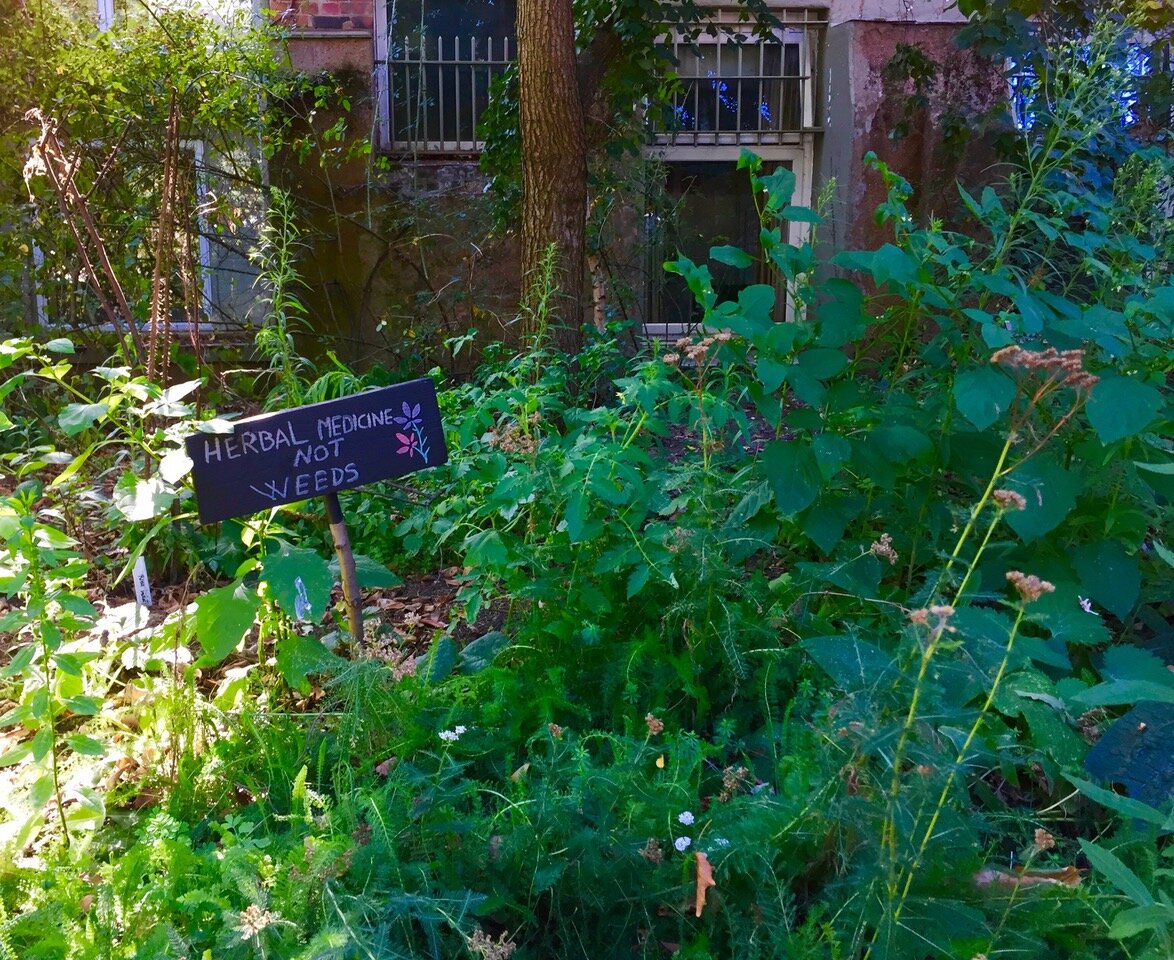I often read in social media feeds that history fans who are visiting London would like suggestions for somewhere different to go. For a real hidden gem, I would recommend the Chelsea Physic Garden. I have been many times, and although the summer is the nicest time to go, the glorious snowdrop season is now upon us and equally lovely.
Founded in 1673, and set close to the banks of the River Thames, the Chelsea Physic Garden is one of London’s oldest botanic gardens. A physic garden was just as its name implied, a place where medicinal plants were grown and used by the infirmarer. Before the Dissolution of the monasteries, monks were particularly skilful in the application of these plants and afterwards many important gardens must have been left to fall into disrepair.
Here at Chelsea, the four acres contain a unique living collection of around 5,000 different edible, useful, medicinal and historical plants. As you wander around the beds, laid out in avenues, illustrated information panels explain what the different plants were used for. It is surprisingly quiet, too, even though so close to the busy embankment, and with plenty of benches, it’s a nice spot to sit with some lunch and ponder on the past.
I find it a great shame that the Tudor housewife had a far greater understanding and appreciation of these plants than we do in our own lives. Of course, there were ridiculous ‘cures’ too, but many would have worked to some degree and some are the basis of medicine today. For example, Willow bark extract, rich in salicylate, was used as a tea to reduce pain, fever, and inflammation and later became the basis for today’s Aspirin. And if you look in any pharmacy, you’ll see another reminder of the past. Coltsfoot (or Tussilago farfara) comes from the Latin tussis, a cough, and one of the cough mixtures on the shelf today is named after it. But I’m not telling you which, you’ll have to go and find it!
Anyway, if you are coming to England, do consider including this fascinating place in your itinerary. There are guided tours, walks, and workshops throughout the growing season. There’s also a shop where you can buy unusual plants and gifts and a café serving very good lunches and homemade cakes, which I highly recommend.
The website is https://www.chelseaphysicgarden.co.uk
Below are a few photos of the Physic Garden:





